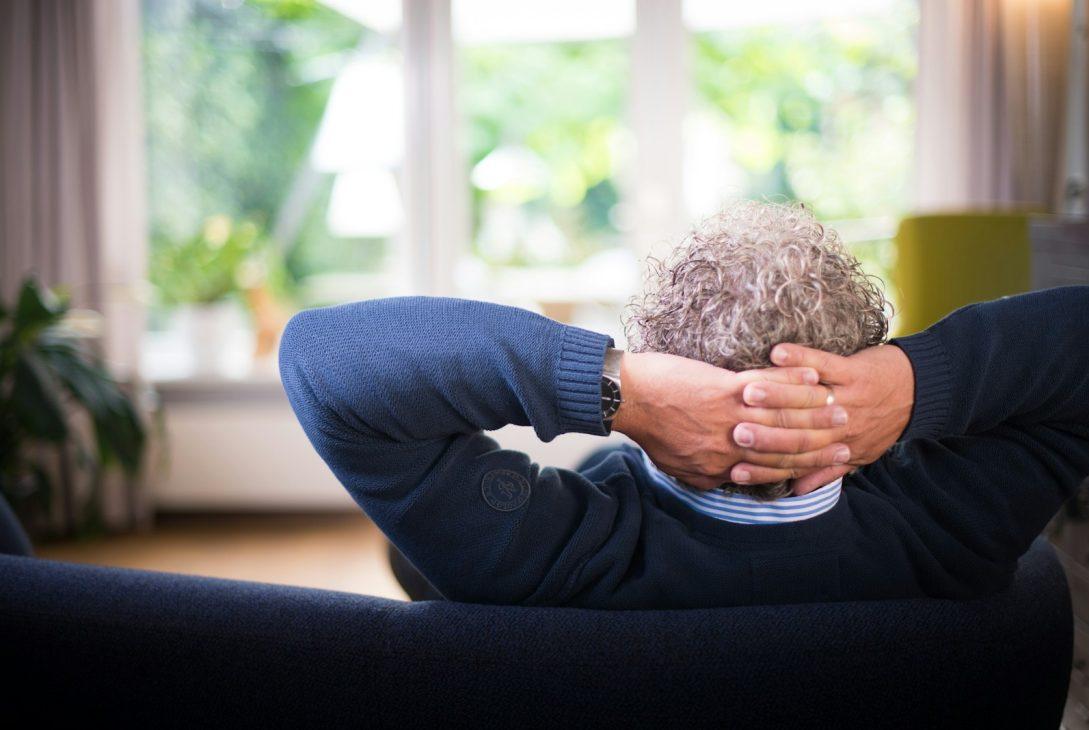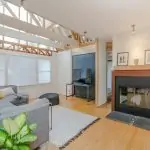In a world that seems to move faster every year, the idea of “stability” might sound old-fashioned. But for businesses, homeowners, and even communities, true growth often starts with a stable foundation.
Comfort isn’t just about luxury, it’s about creating environments and systems that endure, protect, and empower. Whether it’s through reliable infrastructure, trusted legal guidance, or holistic wellness, small details define how securely we live and work.
1. Building Comfort from the Ground Up
Think about how a well-designed home works. It’s not only about what you see—the furniture, the colors, or the layout—but what you don’t see. Beneath the floors and behind the walls lie technologies that make life safe and comfortable. One often-overlooked example is heat trace wire, a simple yet powerful innovation that prevents pipes from freezing during harsh winters. It’s the kind of detail that ensures comfort doesn’t fail when temperatures drop.
For homeowners and business owners, that’s a metaphor worth remembering: comfort relies on preparation. A comfortable environment isn’t reactive; it’s preventive. And when applied to other aspects of life—like planning your future or safeguarding your health—the same principle holds true.
2. Planning for Tomorrow Starts Today
Too many people believe that long-term planning is only for corporations or wealthy families. In reality, planning your legal and financial future is one of the most empowering steps anyone can take. With the help of professionals such as the best estate lawyer in calgary, individuals can protect what they’ve built and ensure their loved ones are supported in the years ahead.
This kind of legal foresight doesn’t just protect assets—it offers peace of mind. A well-structured estate plan can prevent disputes, streamline inheritance processes, and even provide for charitable causes. When stability is built into your legal and financial framework, you create space to focus on what truly matters: living well.
Why people avoid planning (and why they shouldn’t)
It’s human nature to delay uncomfortable conversations, especially about the future. But waiting only increases uncertainty. Smart planning is not a sign of worry—it’s a sign of wisdom. Much like maintaining a home’s heating system before winter, you act early to avoid problems later.
3. The Role of Wellness in Sustainable Comfort
True comfort isn’t just physical—it’s emotional and mental. That’s why wellness-centered design and healthcare are becoming essential for modern living. Take Spectrum Healthcare, for example. Their approach blends design and health, focusing on how space and lifestyle choices impact overall wellbeing.
This holistic mindset applies to everyone, not just patients. Environments that encourage natural light, ergonomic design, and emotional safety foster resilience. When wellness is integrated into our homes, workplaces, and daily routines, we become more capable of handling challenges.
What NOT to do
Don’t treat comfort and wellness as luxuries or afterthoughts. Neglecting them—just like skipping regular home maintenance—leads to gradual deterioration. Instead, prioritize them as investments in longevity and productivity.
4. Technology as the Invisible Partner in Comfort
Behind every smooth-running home or business, technology quietly supports efficiency and safety. From temperature control systems to modern communication tools, innovation bridges the gap between comfort and performance.
Consider how smart sensors monitor home temperatures or how modern materials improve energy efficiency. These aren’t gimmicks; they’re silent guardians of comfort. The same is true in business—digital tools enhance reliability, reduce costs, and free up time for creative thinking.
The lesson? Innovation doesn’t replace human effort—it enhances it.
5. Designing Spaces That Age Gracefully
A truly “future-proof” space isn’t one that resists change—it’s one that adapts to it. Whether you’re designing a new home, remodeling a workspace, or rethinking care environments, flexibility should be built in from the start.
This means creating areas that are easy to maintain, accessible to all ages, and aligned with sustainable living principles. Small details—like non-slip flooring, accessible lighting, or temperature stability through quality heating systems—become the unsung heroes of daily life.
A comfortable space grows with you. It doesn’t demand compromise; it evolves.
6. When Comfort Meets Purpose
Comfort means nothing without purpose. The most meaningful environments are those that reflect compassion, foresight, and respect for others. A comfortable home, a stable business, or a secure legacy—all exist to make life not only easier but richer.
The interplay between thoughtful design, legal preparedness, and wellness forms a powerful trio. Together, they allow us to live with dignity, act with confidence, and build with intent.
Conclusion
In the end, comfort is not just a feeling—it’s an ecosystem of care, technology, and planning. From installing heat trace wire to prevent winter disruptions, to seeking advice from the best estate lawyer in calgary for peace of mind, to embracing the wellness-first ethos of Spectrum Healthcare, every decision adds a layer of resilience.
Innovation doesn’t just build better systems—it builds better lives. And that, ultimately, is the foundation of a future worth creating.












